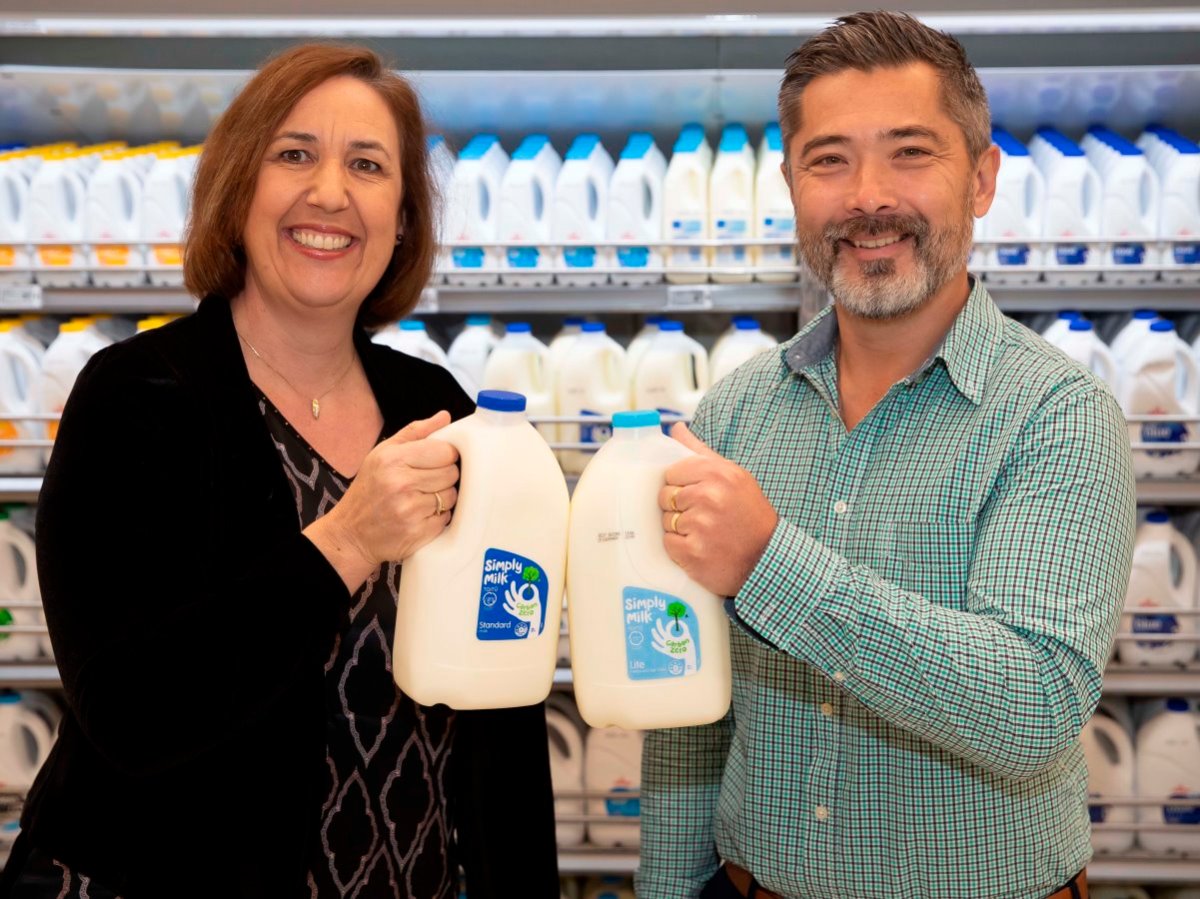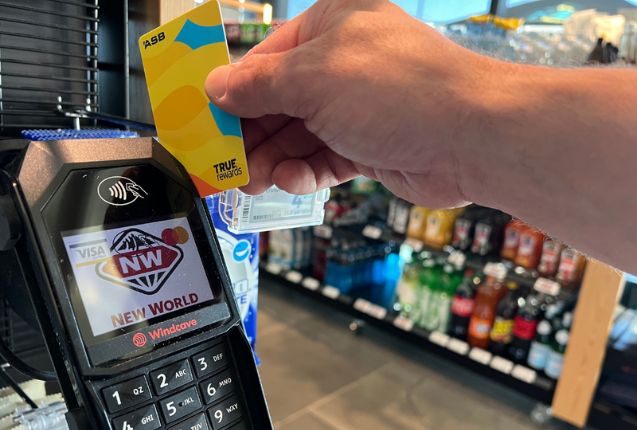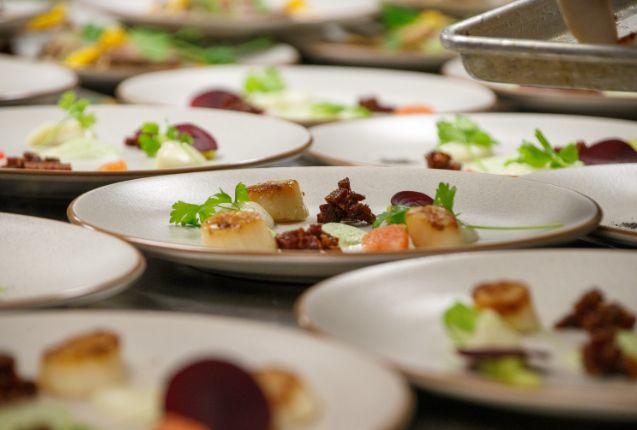New Zealand’s first carbonzero milk, Simply Milk, hits supermarket shelves this week, meaning Kiwis can now enjoy their milk and have the satisfaction of helping the environment.
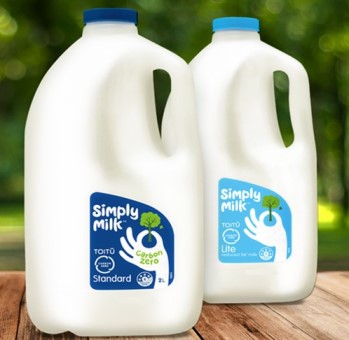
As well as a first for New Zealand, Simply Milk is also the first carbonzero milk in the southern hemisphere, and one of just a handful in the world.
Available in New World, PAK’nSAVE and Four Squares in the North Island, the carbonzero milk is a collaboration between New Zealand Co-operatives – Fonterra and Foodstuffs North Island.
Carolyn Mortland, Director Global Sustainability at Fonterra, says Simply Milk is a good example of how Fonterra’s strategy is putting sustainability at the heart of everything it does.
“New Zealanders are proud of our country’s reputation and we recognise that a healthy environment is a big part of this. With Simply Milk we have a practical way to demonstrate their support for the environment.”
“Simply Milk will enable us to support the regeneration of 7.5 square kilometres of native forest near Kaikoura, as well as renewable energy programmes in overseas markets where Fonterra sells its products,” she says.
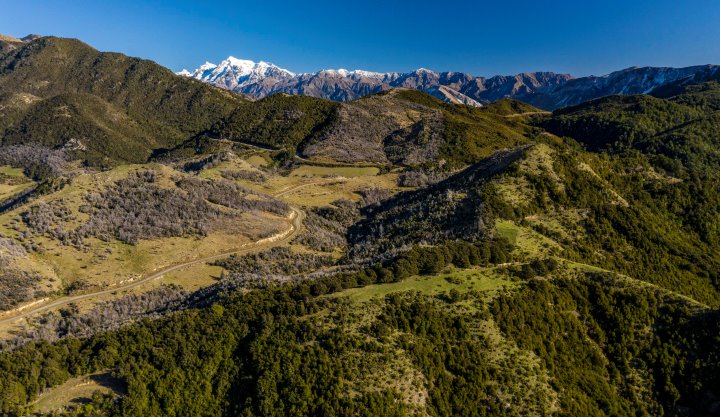
Chris Anderson, Merchandise Manager for chilled beverages at Foodstuffs North Island, says it’s becoming increasingly important to customers to know where their food comes from and that it’s being produced sustainably.
“It’s really exciting to be bringing this first to New Zealand. Simply Milk offers customers the opportunity to purchase their everyday milk and know their choice is making a difference to something that’s really important to them,” says Anderson.
Simply Milk has been certified carbonzero through the purchase of carbon credits from Toitū Envirocare, which is a wholly-owned subsidiary of Manaaki Whenua – Landcare Research, a Government-owned Crown Research Institute. The carbon credits relate to projects undertaken both here in New Zealand and overseas, and have been used to offset the carbon emissions of making Simply Milk.
“First, we evaluate the carbon emissions of making Simply Milk, right from the farm via store fridge to the customer’s home – the footprint includes farming, production, distribution as well as eventual consumption and disposal”, says Becky Lloyd, Chief Executive Toitū Envirocare.
“Fonterra and Foodstuffs North Island then worked with Toitū to identify projects to offset the emissions.
“We apply a thorough set of principles to determine if a given carbon credit project is real, reliable and meets our quality standards.”
“Reaching net zero by 2050 requires all New Zealand businesses to start measuring and reducing their emissions now. Developing low carbon technologies is vital but will take time, and Fonterra and Foodstuffs North Island are demonstrating that in the meantime it’s possible to take meaningful action”.
5 FACTS FROM FOODSTUFFS
FMCG Business caught up with Chris Anderson to find out more.
When will Simply Milk be available in stores and what is the RRP?
“Simply Milk will be available in PAK’nSAVE’s ($3.95), New World’s ($4.00) and Four Squares ($4.30) in the North Island from Tuesday 14 July.”
How will you communicate the launch of Simply Milk to consumers?
“We’ll be communicating Simply Milk through media and through social channels, you’ll also see Simply Milk in the New World North Island mailer next week.”
Are there any other ‘Carbon Zero’ milk products available in NZ?
“Simply Milk will be the only Carbon Zero milk product available in NZ.”
Does Simply Milk have any other points of difference?
“Simply Milk, is simply milk, it’s a simple way customer can make a difference. The bottle is HDPE (number2), which is widely recyclable from the kerbside in New Zealand.”
Please tell us more about where the carbon credits have come from.
“Half of the offsets will be used to help maintain and protect native forest near Kaikoura in the South Island. The forest is under QEII covenant and cannot be harvested, and pest control is in place to protect it. The forest is native, including species of Beech, Kānuka, Mānuka and Kōwhai in multiple locations.
The remaining half of the offsets will be used to support two international projects which contribute to sustainable development of the local community. One of the projects provides more user-friendly and more environmentally friendly cookstoves in Bangladesh. And the other one is a small-scale hydro energy project, which is being built in India.”

